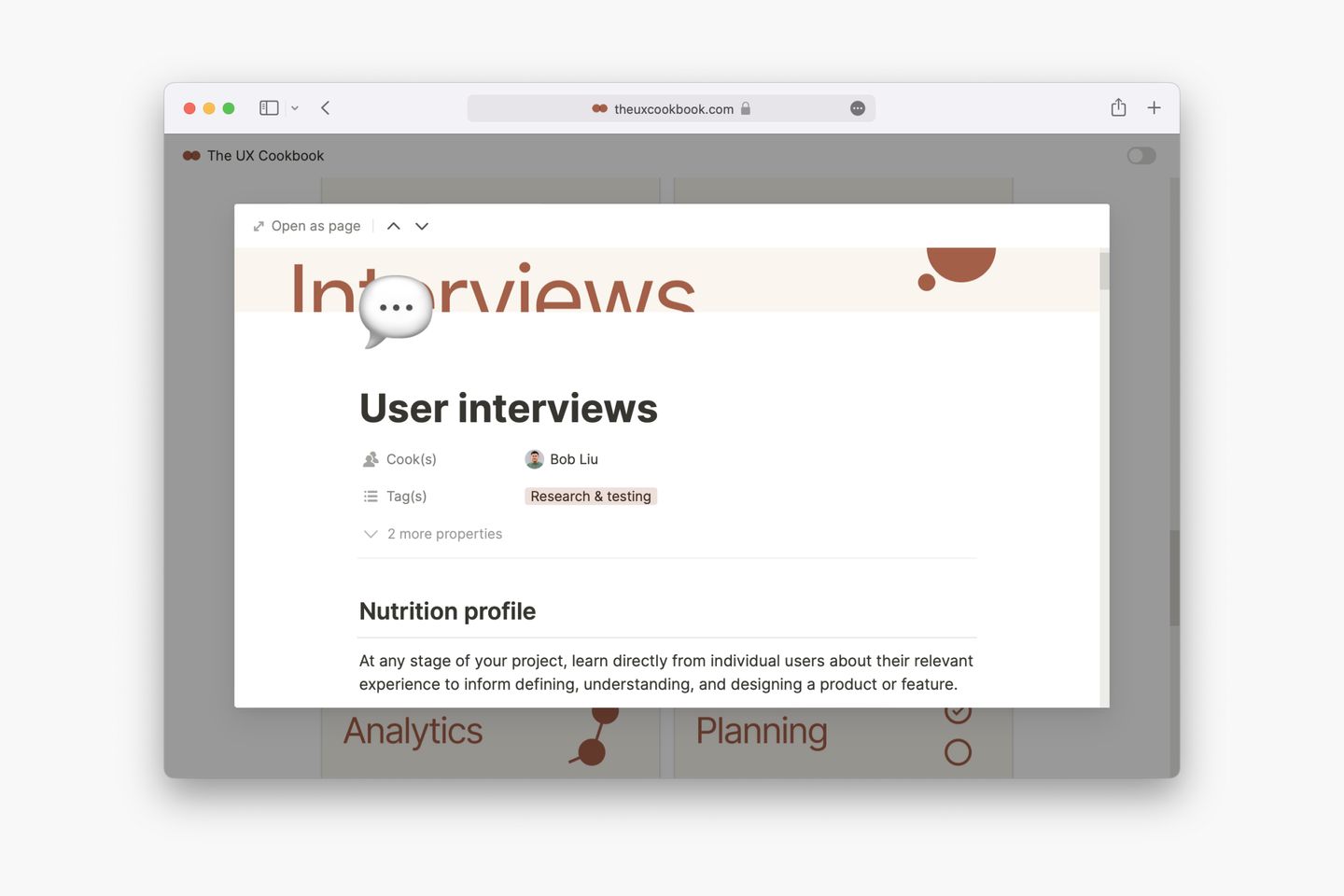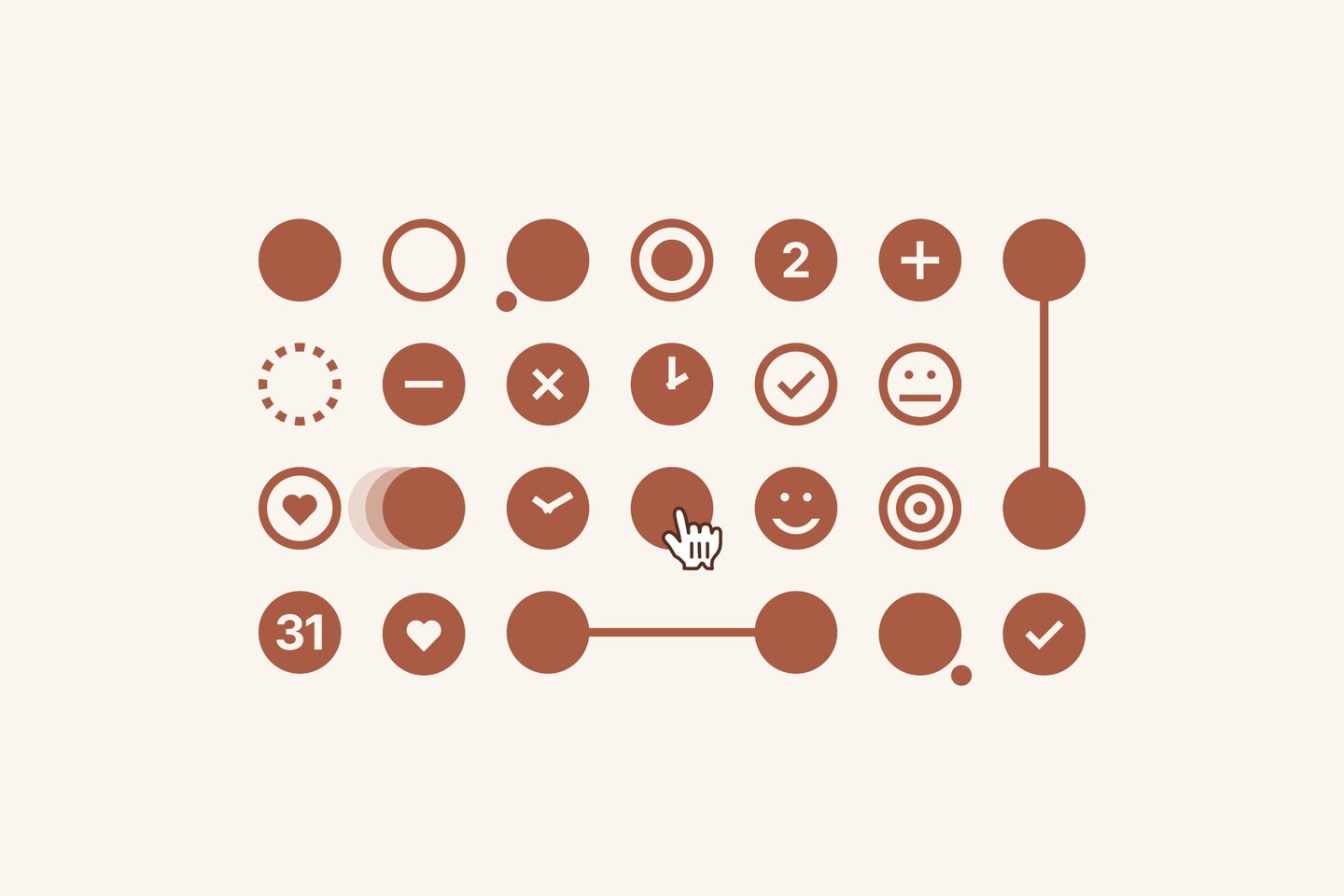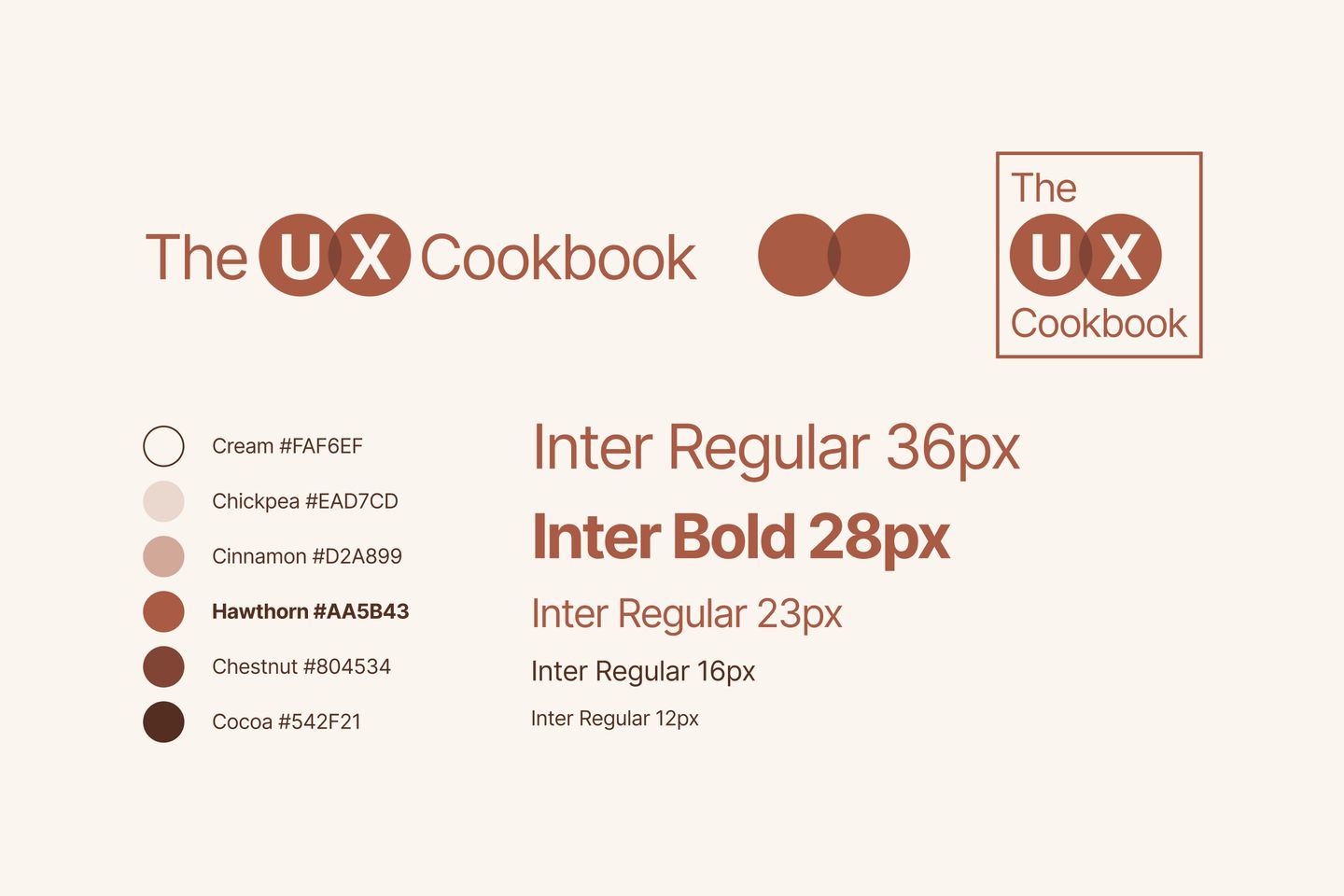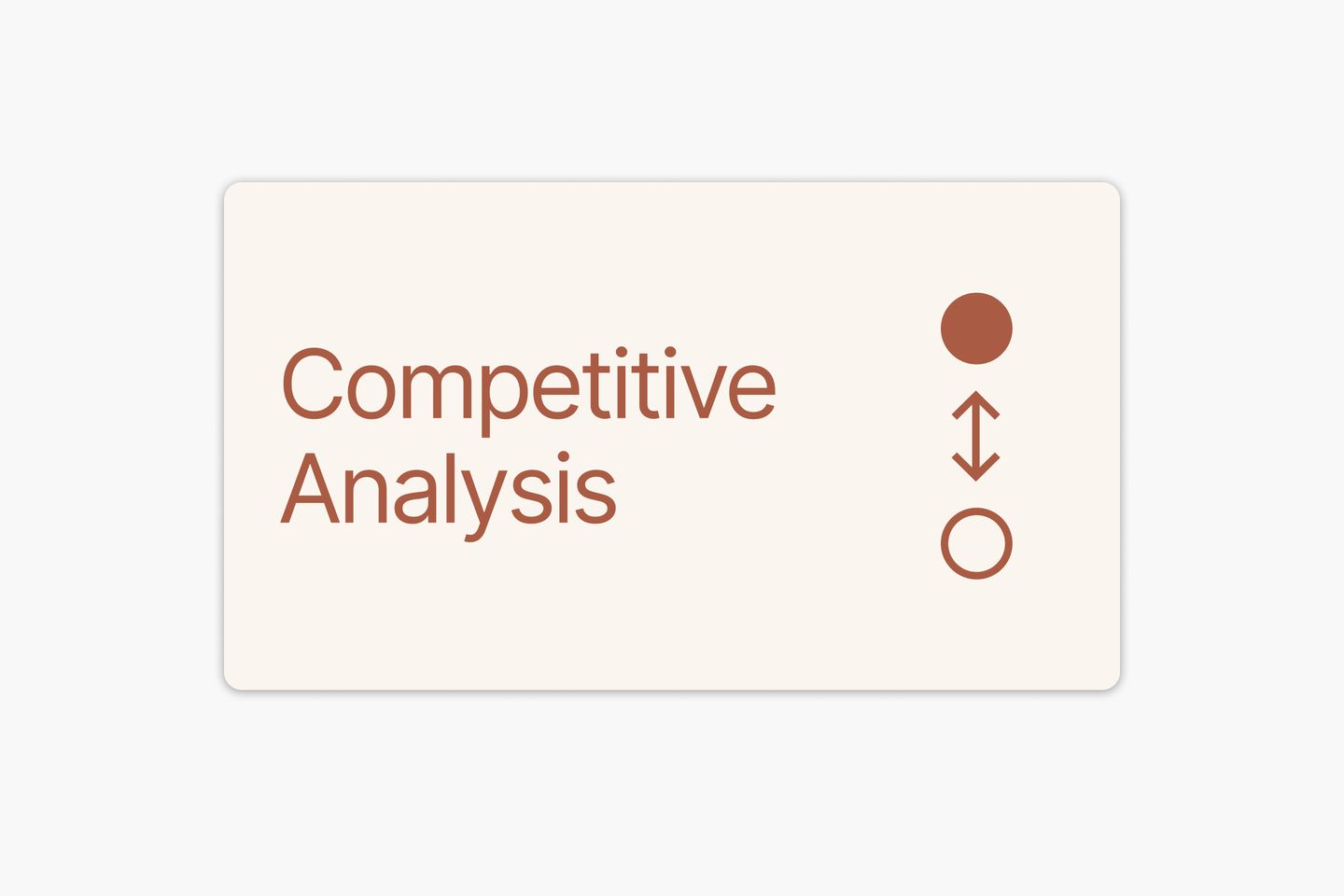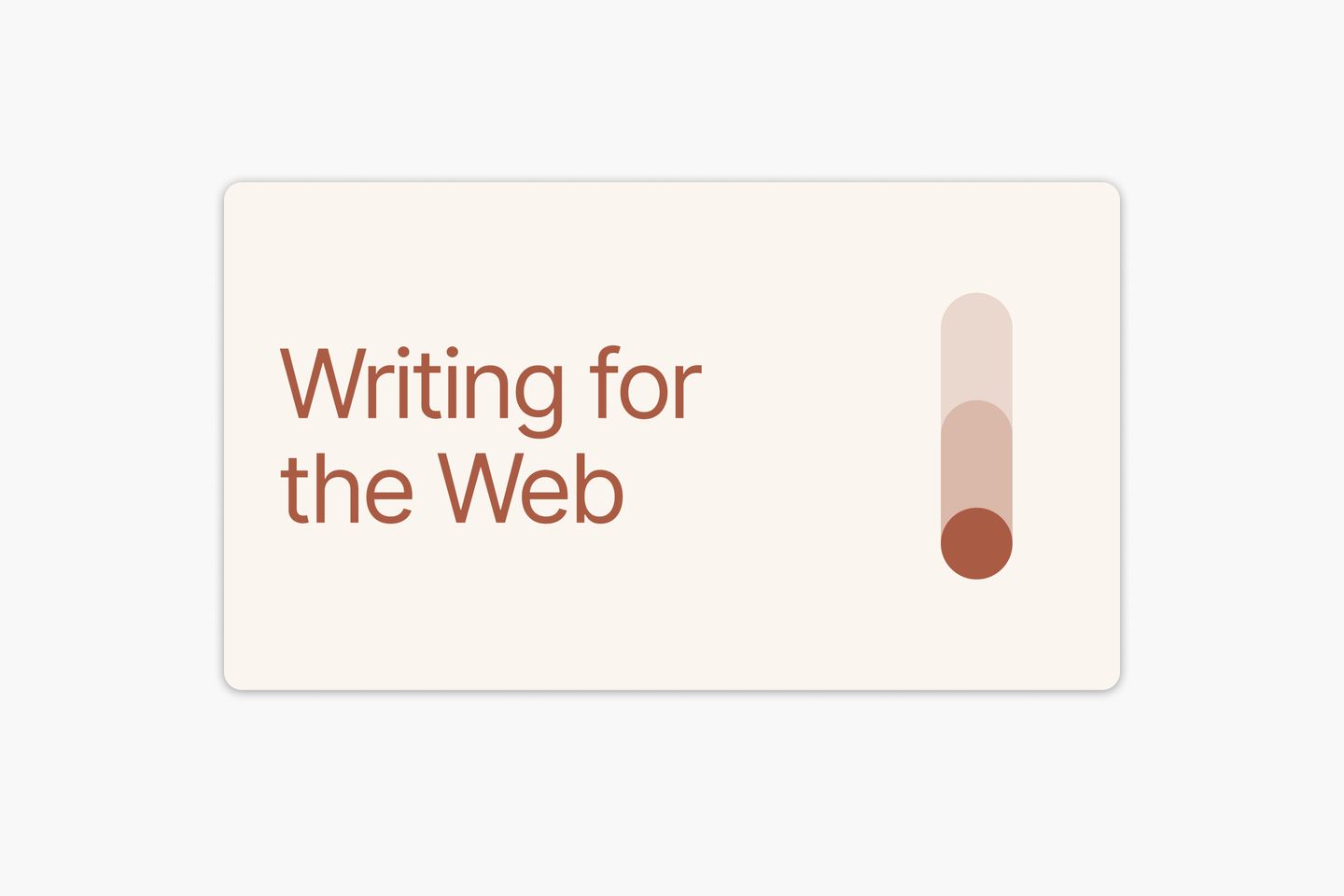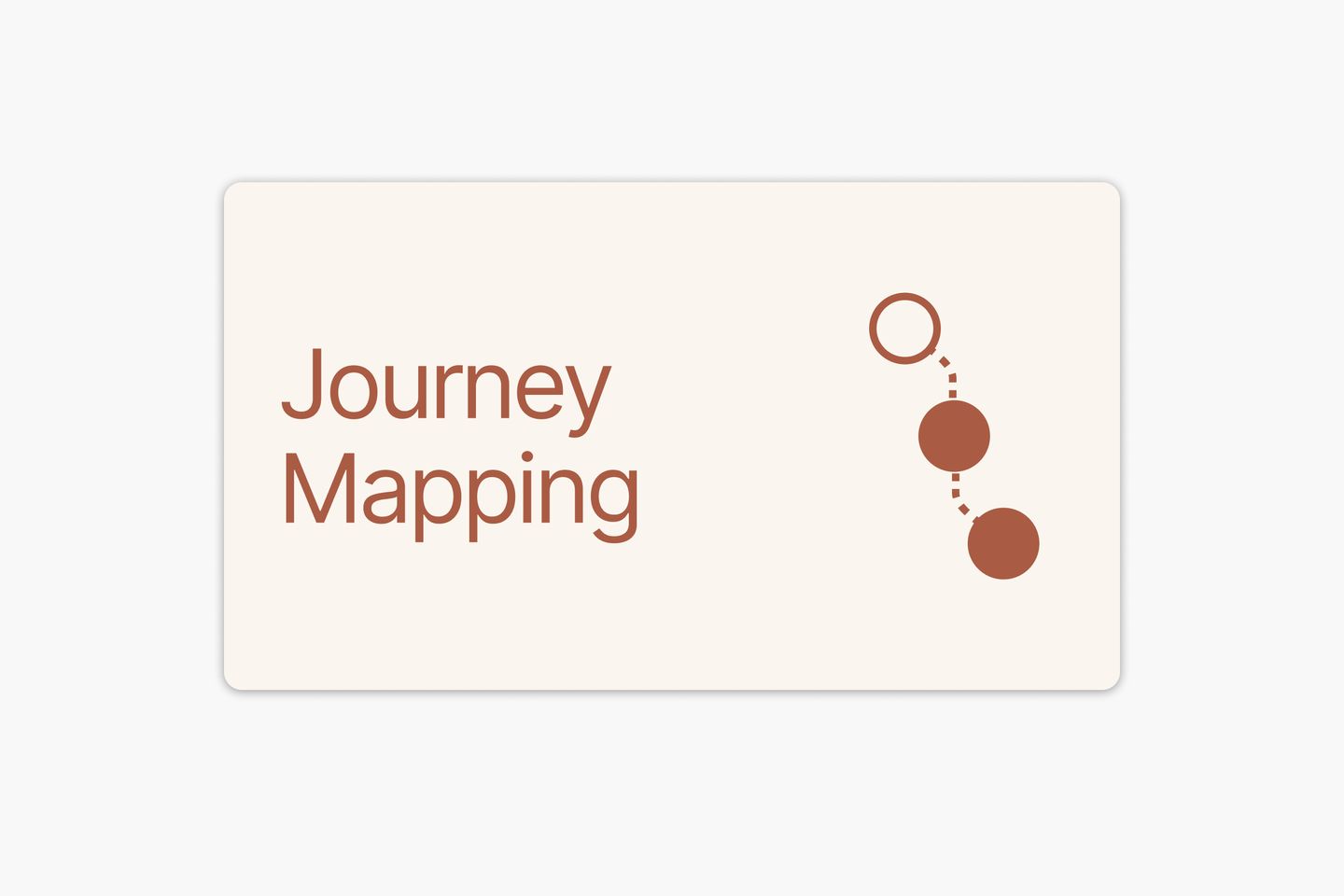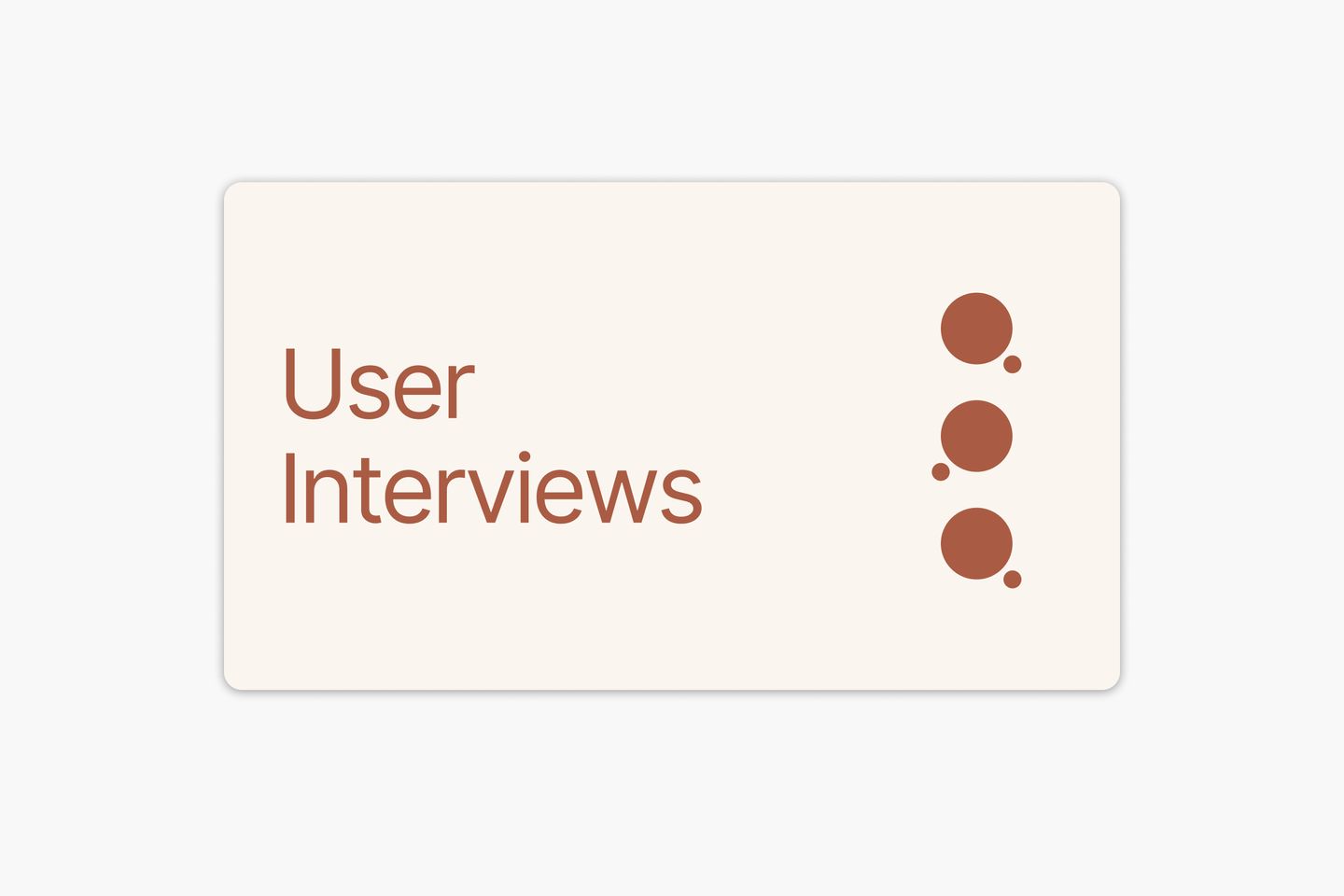The UX Cookbook
A free and open collection of UX recipes
2022 · Design Documentation, Graphic Design
The UX Cookbook is a collection of guides for UX research, design, and strategy. The UX team at University of Arizona Libraries started the project in 2020 and made it open and free to anyone in the UX community.
The project started as the Libraries’ UX team’s internal design and user research documentation. The loosely-organized documentation was used to train new team members and provide consultation for staff and faculty at the University of Arizona. In 2020, the Libraries’ UX team began restructuring the documentation and made it open to the public.
I designed The UX Cookbook’s branding and structure. I also wrote and edited guides.
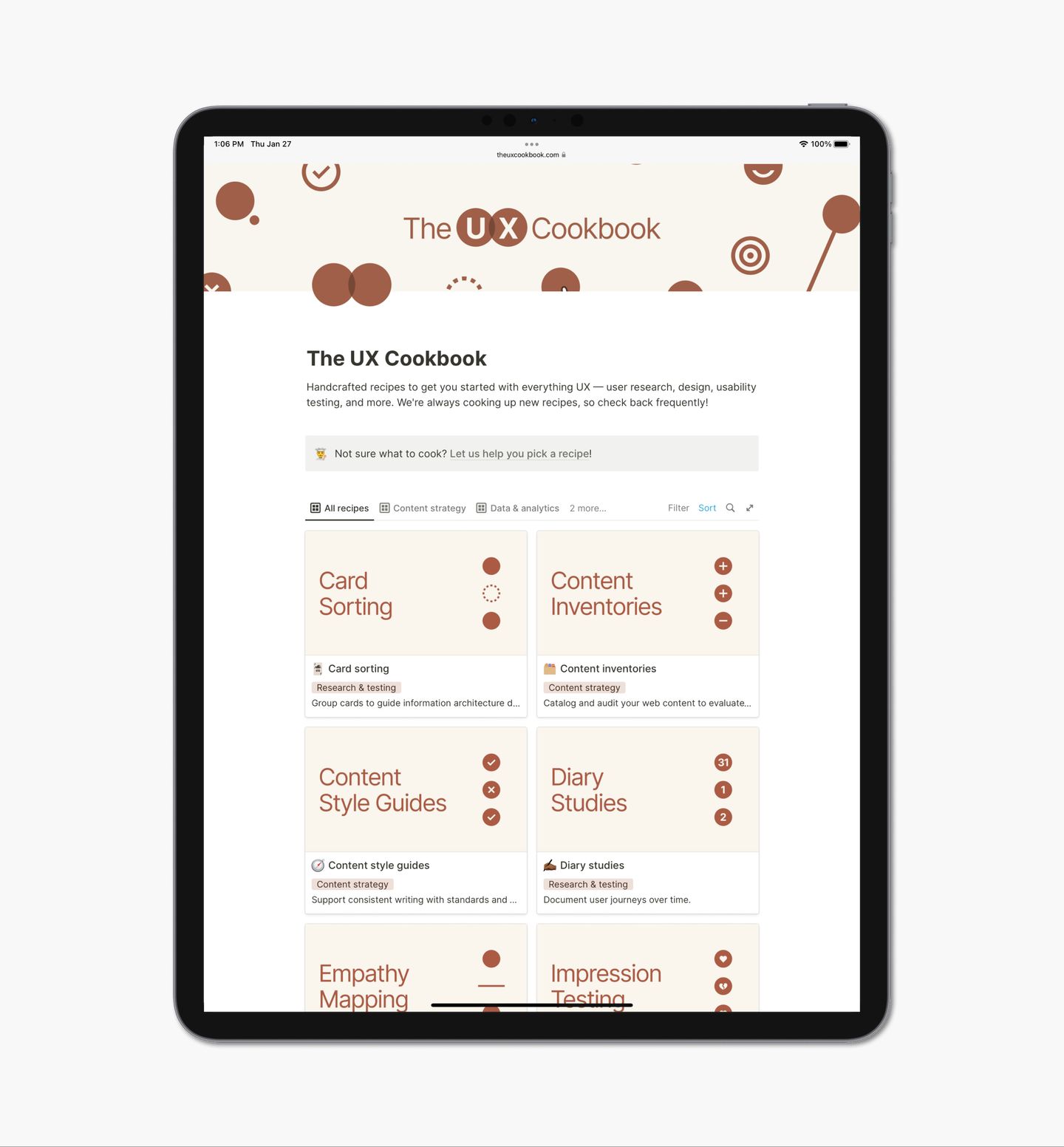
Goal
When members of the Libraries’ UX team collaborated and consulted with faculty and staff members at the University of Arizona, we realized common user research and design methods, such as usability testing, card sorting, and prototyping, sounded intimidating to those who weren’t familiar.
The team hoped to create a set of UX documentation that simplifies UX jargon and helps people easily apply UX methods in their work. We developed content based on our existing internal documentation before making it public. We pictured the target audience being those who:
- Work in higher-ed, government, or non-profit organizations
- Want to apply UX methods in their work
- Usually don’t have dedicated UX team members
Because of this, we wanted the documentation to be fun, approachable, and easy to get started with.
The Recipes
I proposed calling the documentation a cookbook so its articles become recipes. To spice it up even more, each recipe can include all or some of the following sections:
- Nutrition profile: a short description of the method
- Cooking time: how long the method takes
- Perfect for: what the method does
- Ingredients: what tools are needed
- Prep work: what to prepare before starting
- Directions: step-by-step instructions
- Plating: how to present research findings or design artifacts
- Gallery: a showcase of finished work from the UX community
To validate the feasibility of this structure, we started a crowdsourced recipe-drafting project. Members of the Libraries’ UX team, along with collaborators from other parts of the University of Arizona, contributed recipes about different UX methods in three categories: user research, design, and content strategy. After a few iterations, we agreed on a structure that covers the must-haves in a UX guide.
I selected Notion as the content management system for The UX Cookbook. This was largely because contributors who did editorial work in Notion and liked its flexible structure that suits text-heavy content. The contributors also liked Notion’s ease of maintenance as a document-sharing platform.
Notion natively supports publishing any document as a live webpage, but the page’s URL isn’t customizable. I used Super to publish the pages with friendly URLs and add the pages to our custom domain.
Brand
I designed the UX Cookbook’s brand two years after its launch. I was inspired by a Chinese snack called tánghúlu (糖葫芦, “sugar bottle gourd”), which are hawthorn berries covered in sugar and put on a stick. It’s a popular childhood snack in northern China and often consumed around Lunar New Year because its auspicious meaning.
I created a monochrome color palette based on tánghúlu’s color, red. Then, based on the berries’ shape, I designed circular illustrations of a variety of UI elements, such as radio buttons, checkboxes, calendar days, and hearts for like. These shapes became building blocks of the logo and recipe covers’ design.
Each recipe cover includes the recipe’s name on the left 2/3 of a rectangle. In the remaining space, I did a creative challenge by combining 2-3 circular UI elements to visualize what the UX method does.
Result
Shortly after its launch, The UX Cookbook became a free UX reference loved and shared by many. Every day, the website records visitors from all continents of the world (except Antarctica).
The UX team at the University of Arizona Libraries actively maintains the documentation and adds new recipes.
Now, The UX Cookbook is a popular open educational resource that instructors use in classrooms. It is also frequently shared by folks in the government sector and higher education through mailing lists and intranets.
